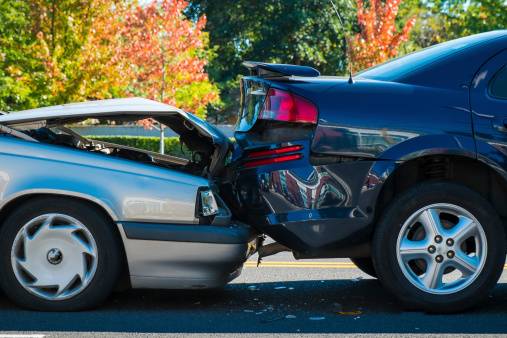Component Discussions - Week 3 & 4
After doing our own research on components that could be used to activate the pulsing of the brake lights under heavy braking conditions, I talked to my lecturers about what they thought would be the best to use. We decided that a pitch sensor could work but not all cars have the same amount of dive under heavy braking conditions so the system would have to be calibrated for each vehicle it was put into. The pressure sensor could also be used but again, every vehicle is different and would require testing and calibration for each vehicle. Therefore, the sensor that was agreed upon was the Accelerometer which will sense the amount of deceleration the vehicle is experiencing and activate the pulsing when this deceleration is above a determined value. This value will be decided after additional research of emergency braking maneuvers. A good point that was brought up also, was that if the brake system is not operating as it should then a sensor should be in place to identify if the driver is applying a lot of force to try and decelerate quickly. This will pulse the brake lights and warn following drivers to slow down in the event of brake failure of the lead vehicle which would not produce the desired deceleration.
Figure 1. Arduino 3-axis Accelerometer. (Jaycar, n.d.).
Reference:
Jaycar. (n.d.). 3-axis Accelerometer. Retrieved from



